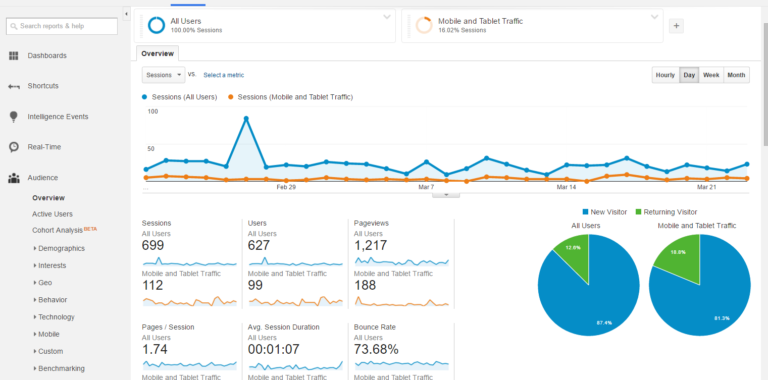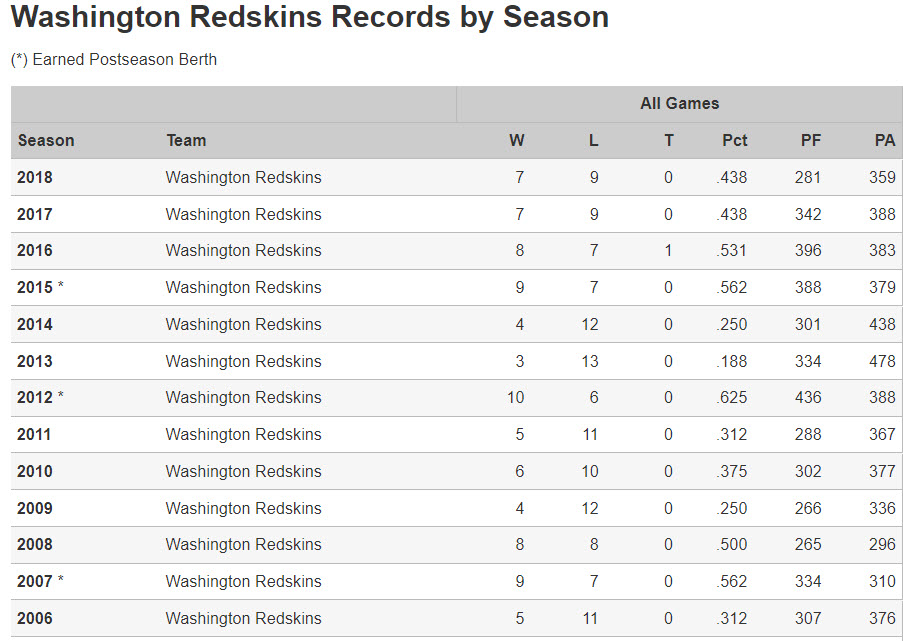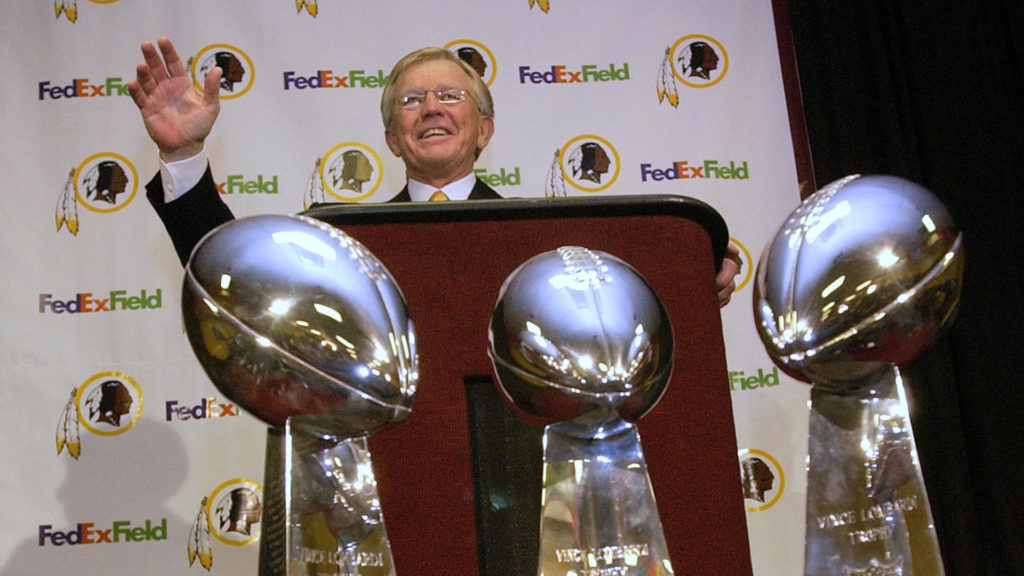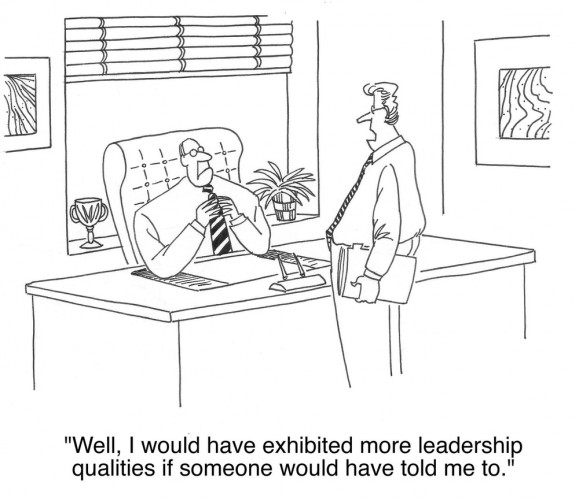Leaders are expected to deliver results without breaking the rules. No organization puts a leader in charge of a project or team thinking that he or she will fail in the role. Equally important – no one wants the leader to send the organization into turmoil for doing something that should not be done. Leaders are usually selected based on their previous performance and future potential. It is important they deal properly with poor performers.
Your team expects big things as well
I
Tracking performance is not that difficult
Let’s start with the good news first. Most organizations can track their performance without too much difficulty. It is pretty amazing the amount of data available to leaders and other stakeholders. In my current leadership position, I receive a ton of data about my business unit. Many leaders do. Business metrics, customer feedback, and employee surveys provide insights into performance. Below are some examples of questions leaders can ask and get answers.
- How much revenue did we generate last month?
- Was it above or below our target?
- What do our profit margins look like?
- How well are we supporting our current customers?
- Are we gaining more customers?
- Are we losing current customers? If so, why?
- How many employees did we hire last month?
- How many employees left last month?
- Why did they leave?
- Do we have a competitive employee benefits package?
Leaders have the data they need to deal with poor performers
All of this data is great. Not only can leaders determine how well they are performing, but they can leverage it to identify what is causing problems. For example, if you are running an online company you can use tools like Google Analytics to understand user behavior. You receive a list of who is visiting your site and what they are doing while there. You will notice when traffic to your site suddenly drops. Facebook advertising provides detailed data about your digital marketing campaigns. You will learn how many users clicked on your ad which helps inform your online marketing strategy. Leaders usually can figure out how well we are performing.

Failing to get the job done is costly
There may be many reasons why an organization is not performing well. Some reasons will be easier to address than others. You may have an inadequate strategy, new competition, the wrong product, a bad marketing approach, or simply struggle to keep up with customer demand. If the poor performance lasts for longer than a quarter or two I recommend an organization starts looking at the leadership they have in place. Is the leadership team the right one. Are changes needed? Do not wait more than a year to consider making changes. The pace of the modern world moves too fast to allow poor performance to persist year over year.

Teams that win are usually well-led
In an earlier post, I described how leadership directly affects performance. The sports entertainment industry understands this principle probably better than other industries. Sports teams that win multiple championships spend a lot of time making sure they have the right leadership team in place. Look no further than the New England Patriots – same owner and coach for years. Results – multiple Super Bowl victories.

A decade of poor performance is unacceptable
In contrast, if the team is not winning it is not uncommon for the owner to replace the coach. But, that change does not always work. For example, my beloved Washington Redskins have made their fans suffer through a decade or more of mediocre football. For some teams this performance is fine. Not for the Washington DC area. We expect to win. The Redskins possess multiple Lombardi trophies. They just have not won one in a really long time.

Making the right change is critical – deal properly with poor performers
The Washing Redskins owner keeps trying to solve the problem by replacing the coach to include bringing back Hall of Fame coach Joe Gibbs. Even that move did not work. He eventually left and someone new was brought in. The names of coaches who have tried to win under the current owner are too long to list. All these coaches and nothing really changes. Points to the fact that the problem is most likely the owner, not the coach. Until that change is made the Washington Redskins will continue to be happy just making the playoffs. Forget about winning a Super Bowl.

What to do if you are the problem
The question that naturally follows is what do you do with low performing leaders. More importantly, what do you do if you are the problem? What if you are a leader who is failing to deliver results. If you are the problem it is time to do something about it. Don’t hit the easy button and hope for the best. Hold yourself accountable. Invest in yourself. Become a better leader.
Coach Belichick holds us accountable everyday. We appreciate when he’s tough on us. He gets the best out of us.
Tom Brady, Quarterback for the New England Patriots
All the Way Leadership! is here to help
In the coming year, we will continue publishing curated content about leadership. We also plan to launch a training program for leaders who are looking for ways to increase their individual impact and improve their leadership effectiveness. Take advantage of these resources and the many other ones that are available. Don’t wait for your boss to walk into your office, close the door, and have a tough conversation with you about why they are removing you from your current role. Don’t be the guy in the cartoon below.

Hold poor performers accountable, or pay the price
It is important as a leader that you hold yourself accountable, and those who work for you. If you have low performing team members you need to work with them on ways to improve. Perhaps they need training, coaching, or more guidance. It is up to you as the leader to figure that out. Don’t watch your team members flounder without doing something about it.

Rarely will the problem solve itself
If you have worked with the person, and performance does not improve, then you need to consider making a change. It is a difficult decision to make. Do not take these decisions lightly. The reality is that sometimes you have to remove the poor performer and move on. If you do not then you are sending a signal to the rest of the team that poor performance will be tolerated.

Failing to deal with poor performers is not fair to others
Whatever you decide – avoid simply handing the problem to someone else. Many leaders are afraid to deal with poor performers. I have witnessed this first-hand many times in the government. The poor performer is not helped or fired. Instead, they are moved. The problem continues. In fact, it gets worse over time. The poor performer eventually is promoted and put into a position of greater responsibility. The problem grows until someone has the courage to deal directly with the poor performer. Don’t let that happen to your organization. The results can be devastating if you choose to ignore it.
ATW! is designed to make you a better leader
I hope you join me on this journey to raise up the next generation of leaders. The world is in desperate need of more great leaders. Women and men who lead with confidence, clarity, and creativity. It’s time to become the leader that your world needs. Let’s go All The Way!
